Audi is equipping its dealers with full virtual reality capability that will enable customers to virtually experience any car in the model range prior to purchase.
The high-tech simulation tool will enable customers to survey their chosen car in three dimensions and from a 360-degree perspective. The customer will wear a virtual reality headset and can move freely around the virtual car, even climbing inside the cabin or scrutinising technical components.
Audi regards the virtual reality offering as a potential way to entice customers to engage with dealerships more intensely.
“Our challenge is that our customers often only come to a dealership to talk about the price,” said Marcus Kühne, of Audi’s Digital Retail Solutions division.
“They already know everything there is to know about their chosen car from internet research. But we would like to engage them and give them a better time at the dealership. We’d like them to have a consultation about the car rather than look on the internet. The VR technology could do this: it is invasive, emotional and unexpected.”
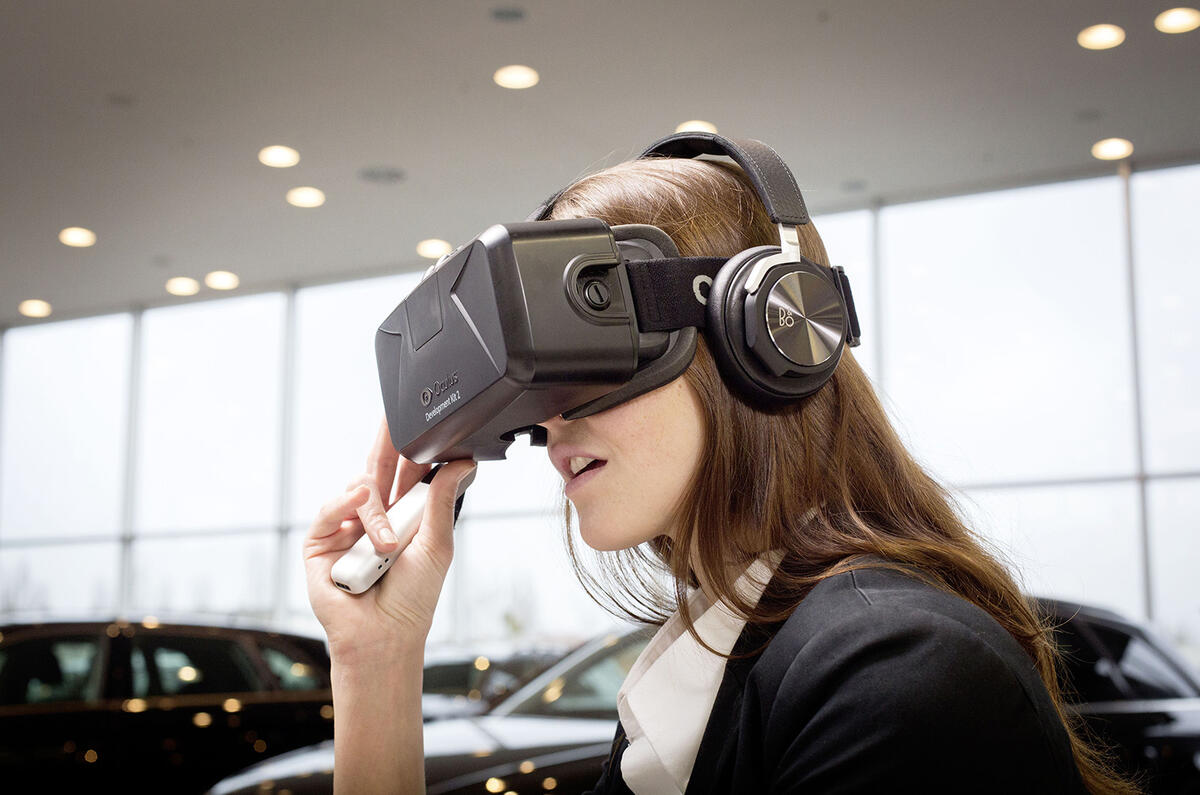
Audi’s entire car range – comprising more than 70 models – can be portrayed in the virtual landscape, as well as every equipment feature, from paint colors to wheels, exterior packages and seat upholstery to the infotainment modules.
To enable a customer to view the car in a variety of light conditions, Audi has designed a number of VR environments, including Paris, Iceland - or even on the Moon. Audi collaborated with a Gateshead-based tech company, Zerolight, to develop the optimised graphics engine needed to display the cars in the VR world.
The cars are modeled on the actual design data, and each vehicle is made up of five to seven million polygons – good enough for the customer to identify details such as the polish of the aluminium inlays or the gloss levels of the paint finish depending on the position of the virtual light source.
Two versions of the Audi VR experience are available: a compact version is suited to dealerships where space is limited, and enables customers to view the car of their choice from an armchair.
The larger version works on a surface measuring roughly 5m squared and allows customers to move freely around the virtual car.
Audi currently uses two virtual reality headsets - HTC Vive and Oculus Rift – and has yet to decide on whether to favour one over the other when it rolls out VR across more dealerships.
The technology is expensive, with the powerful NVIDIA graphic card required to drive the system costing £10,000 alone.
Prototype testing began in late 2014 and the final pilot phase was completed earlier this year. The manufacturer is now working on the updated technology and is currently trialing the system in six dealerships in Germany.
“The first feedback from real customers was very positive,” said Kühne.
The technology moves the game on from the existing high-tech Audi City urban dealerships, which use powerwalls and tables equipped with touch displays in place of real vehicles in city centre dealerships where space is at a premium.

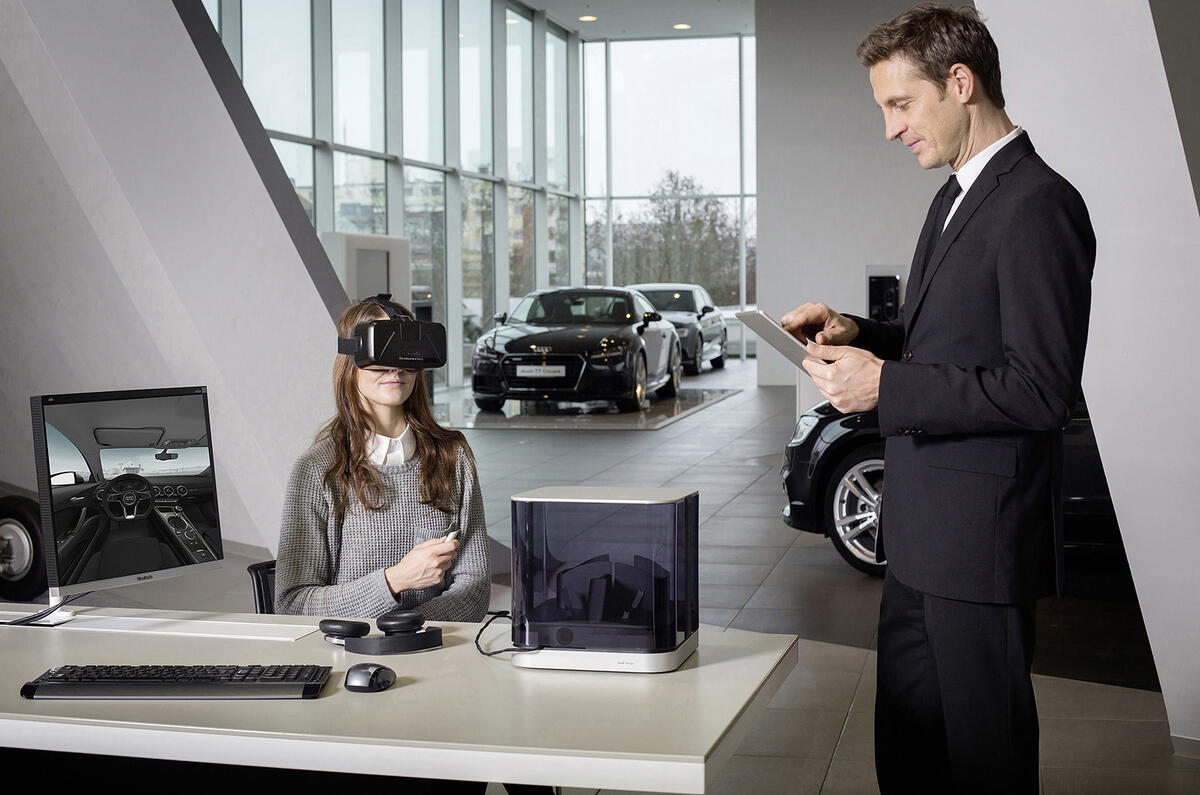
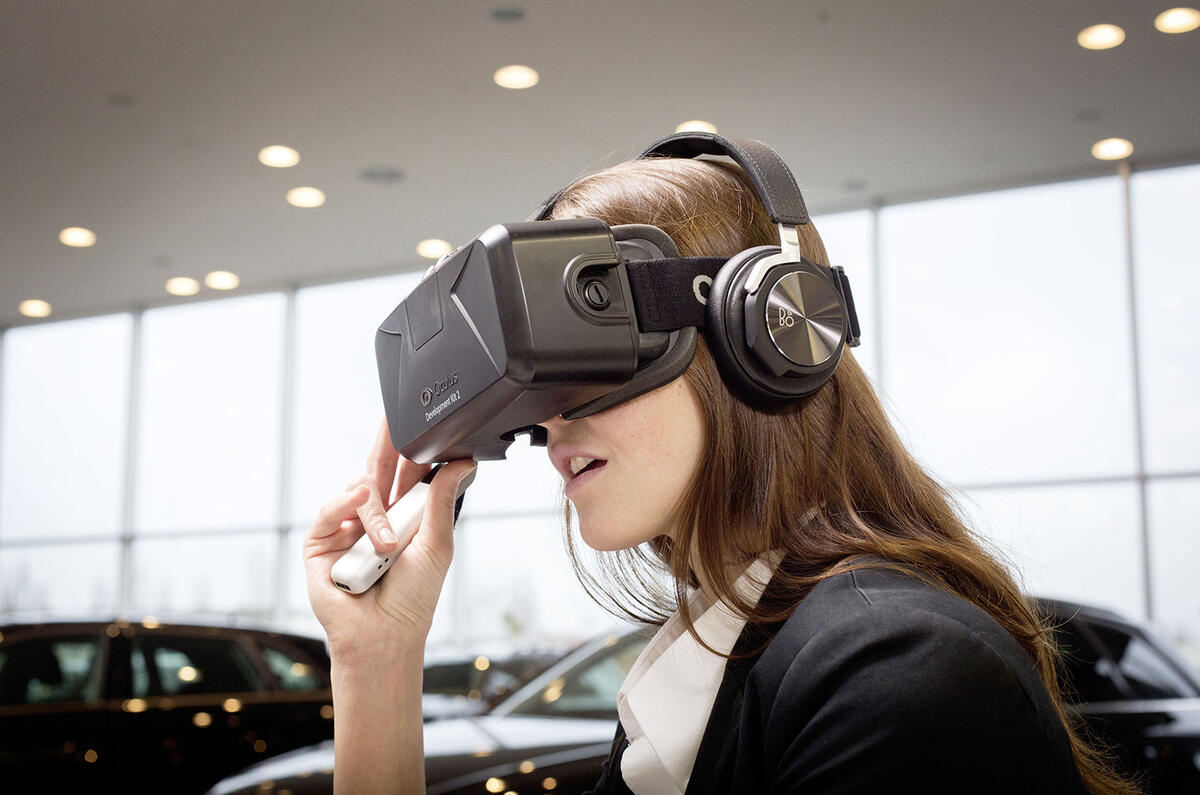
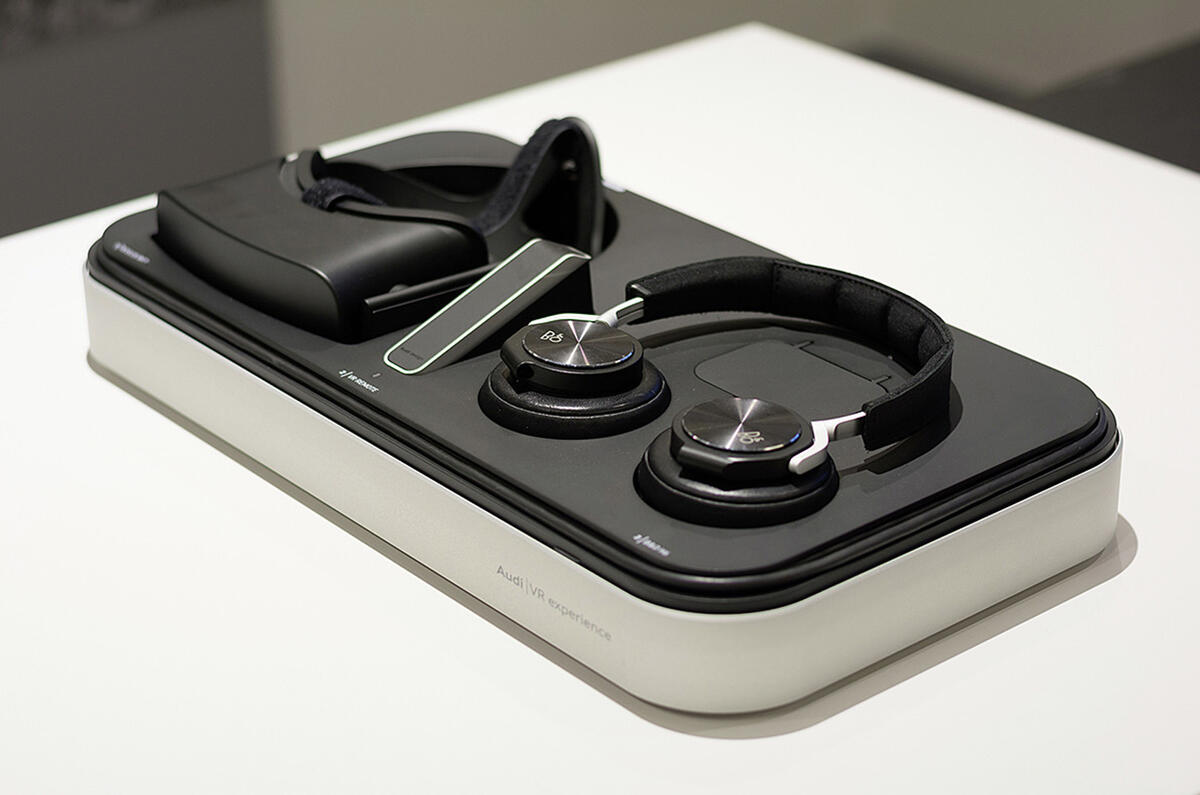
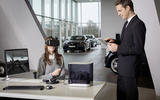
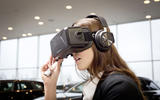



Join the debate
Add your comment
dealerships need to update their broadband accessability
Virtual reality better than the reality
Virtual reality tie in??????
So which, Seat models for example, road tests are these? It should be easy to give several Seat examples as you said "ALL their main cars" only achieve 50-60%. From my father-in-laws A3 1.4 COD experience he's getting 80%.
VARIOUS MODELS
40-50%
That's better than 40% for a start
ALL the MAIN VW group cars you said
Porsche, Q7 aren't really mainstream. Like I said what proper reviews of say a Seat only got within 40-50%
perhaps your father in-law drives more sedately
Nope
He keeps up with the traffic
forgot to mention the great Golf
Get down the garage then
I suggest all your family stop buying VW's as you seem to get all the bad ones, or slow down, or get them fixed.
Will not buy again for sure
I'm sure this will appeal to